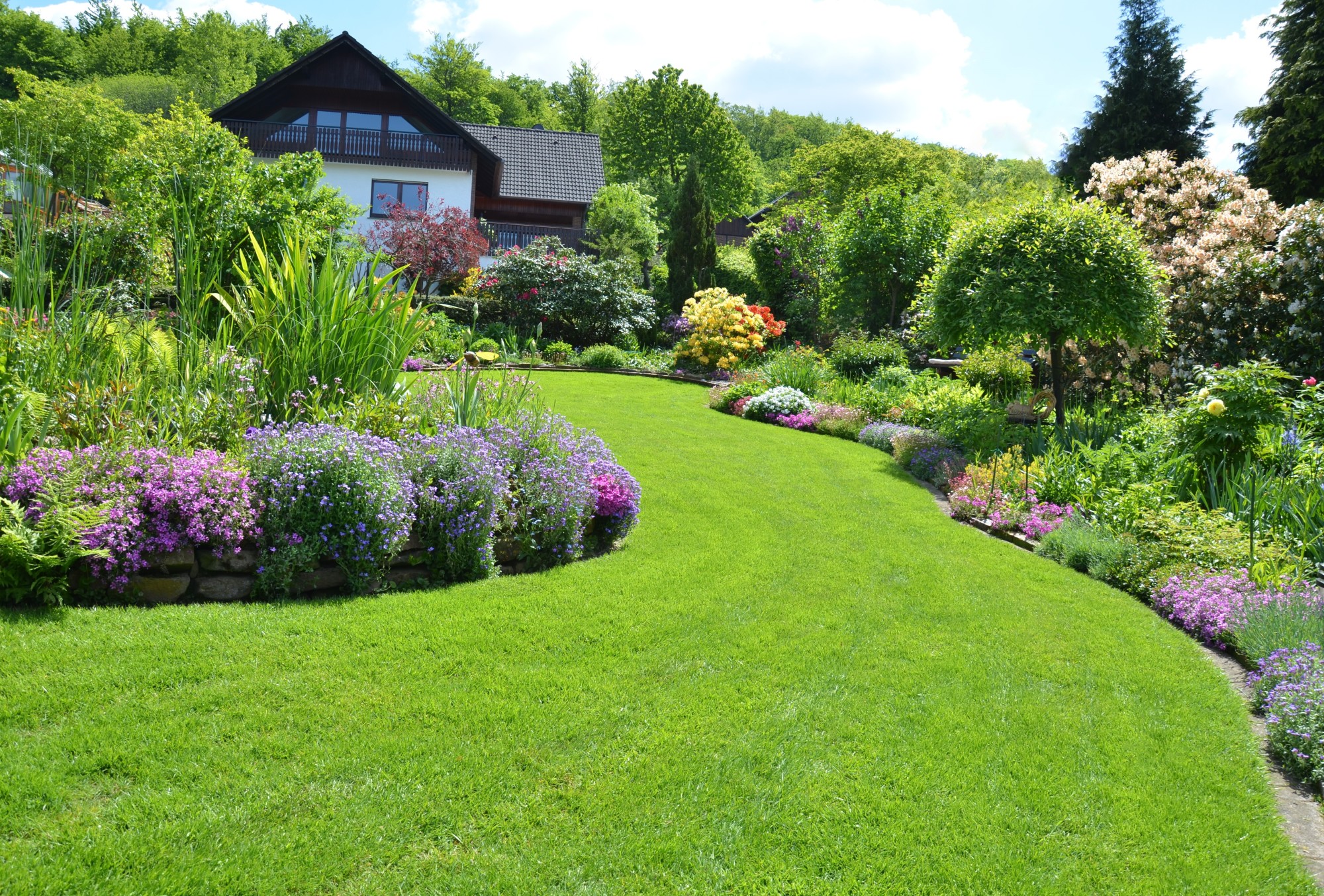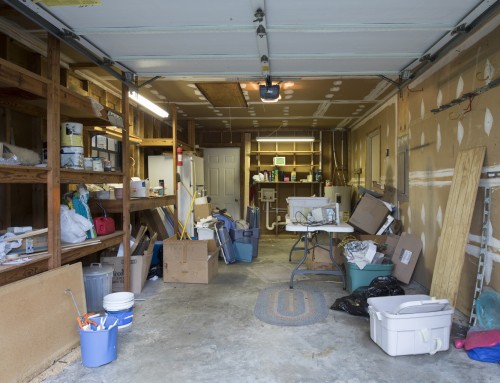Don’t underestimate the value of curb appeal. A well-designed yard can increase your property value by as much as 20%.
And don’t forget the sense of pride and peace of mind that comes with keeping your yard beautiful and functional. There is no monetary value that compares to enjoying an afternoon relaxing in your own yard that you designed.
If you’re a landscaping newbie, though, this might sound like a daunting project, but don’t worry. We’re here to help as you work through it with our list of landscaping basics. Keep these tips and tricks handy as you create a yard that sets an appealing aesthetic and accentuates your home.
Evaluate Your Needs and Wants
Before you get started, determine how you plan to use your yard. Do you want to fashion a space where you can luxuriate in nature and enjoy the outdoors while sipping a glass of wine? Or maybe you need an area where your kids or dogs can run free and play.
Your grand plans for your yard will influence its design. If you want to create a fun space for your children, you wouldn’t install numerous delicate flowers where they might run.
Choose a Design That’s Easy to Maintain
Decide how much time you want to spend maintaining your yard and base your design on this. Remember, be honest with yourself. It’s easy to be overzealous when you first start working on your lawn. You might initially say you plan to work in your garden every weekend, but life will catch up with you eventually.
So, it’s important to set realistic expectations for how much yard work you can handle. Then, plan your design accordingly and set an easy-to-follow schedule for yard work.
Assess Your Yard
As you begin dreaming up landscaping ideas, evaluate your yard. First, take note of permanent structures, like sheds, swing sets, and fire pits. Also, record any hazards like power lines.
Then, make note of areas where the sun hits most, wind patterns, and where your irrigation system is set up. These factors will determine which types of plants will be placed where in your yard.
Prepare Your Yard for Landscaping
Get your yard ready for your landscaping plans by removing garbage, waste, and dead plant life. If your yard is overgrown, weed and mow before you begin implementing your design.
Also, prune your shrub and trees to a more manageable size. (This article will teach you everything you need to know about trimming your trees properly.)
This prep work will create a blank slate for your masterpiece: a beautifully designed yard.
Create a Focal Point
Incorporating focal points is an essential piece of basic landscaping design. By using symmetry, you can create a relaxed space for your eyes to rest as they scan your yard.
You can use these focal points to highlight specific areas of your garden. Maybe there’s a gorgeous entranceway you’d like visitors to notice or your favorite flowers.
Define the Boundaries of Your Lawn and Garden
As you map out landscaping for your property, you need to set boundaries for where your lawn starts and your garden ends. Do you prefer the look of a vast, lush lawn? Or would you rather focus on raising flowers and vegetables in garden beds?
Research What You’re Planting
Before planting anything, you need to learn how to properly care for the greenery you choose for your landscaping. If you live in a wet and rainy region, you don’t want to plant something that thrives in an arid, dry climate.
All plants have different requirements when it comes to space, sun, soil, and water access. Research your options and don’t be afraid to ask questions when perusing your local gardening center.
Include Variations of Size, Shapes, and Colors
Liven up your lawn by using variations of size, shapes, and colors when selecting plants for your yard. Layering your landscaping creates balance, harmony, and texture in your design.
Don’t plant big trees in front of smaller shrubs. Instead, put your shortest greenery in the front so the larger plants don’t obstruct their view. This helps keep your landscaping neat and organized.
Create a Cohesive Design
Sprinkle the same elements throughout your landscaping to create a cohesive design. This could be done in subtle, smaller ways, such as having the same type of flowers appear in different parts of your yard.
You can also create this cohesion on a larger scale. Use elements such as mulch, pavers, and stones for continuity throughout your property.
Add Some Color With Flowers
A quick and easy way to add some color to your yard is to plant flowers. Consider seasonal annuals that come in a range of hues. These vibrant blooms can make a big difference in the look of your landscaping.
Ward off Weeds
Creating garden beds using mulch, stones, and shells can discourage weeds. Landscaping fabric is also an excellent tool for keeping weeds away.
Also, when mowing, make sure you cut your grass to the right height. If you cut your grass too short, it weakens the blades, making it easy for weeds to take over.
Incorporate Some Vegetables Into Your Design
Create an edible design by incorporating vegetables into your landscaping. Add them to your garden beds for a visual – and tasty – treat.
Many herbs grow well at home, and fruit and nut trees are also a fun addition to any yard. Imagine enjoying your own personal food forest?
Ready to Tackle Landscaping Basics at Home?
Now that you’ve learned landscaping basics for creating a visually stunning – and also functional – yard, check out our blog for more helpful home and lifestyle tips.
We’re dedicated to teaching women how to be happy, beautiful, and fashionable. Read our latest articles to learn everything you need to know about leading a stylish life doing what you love.











